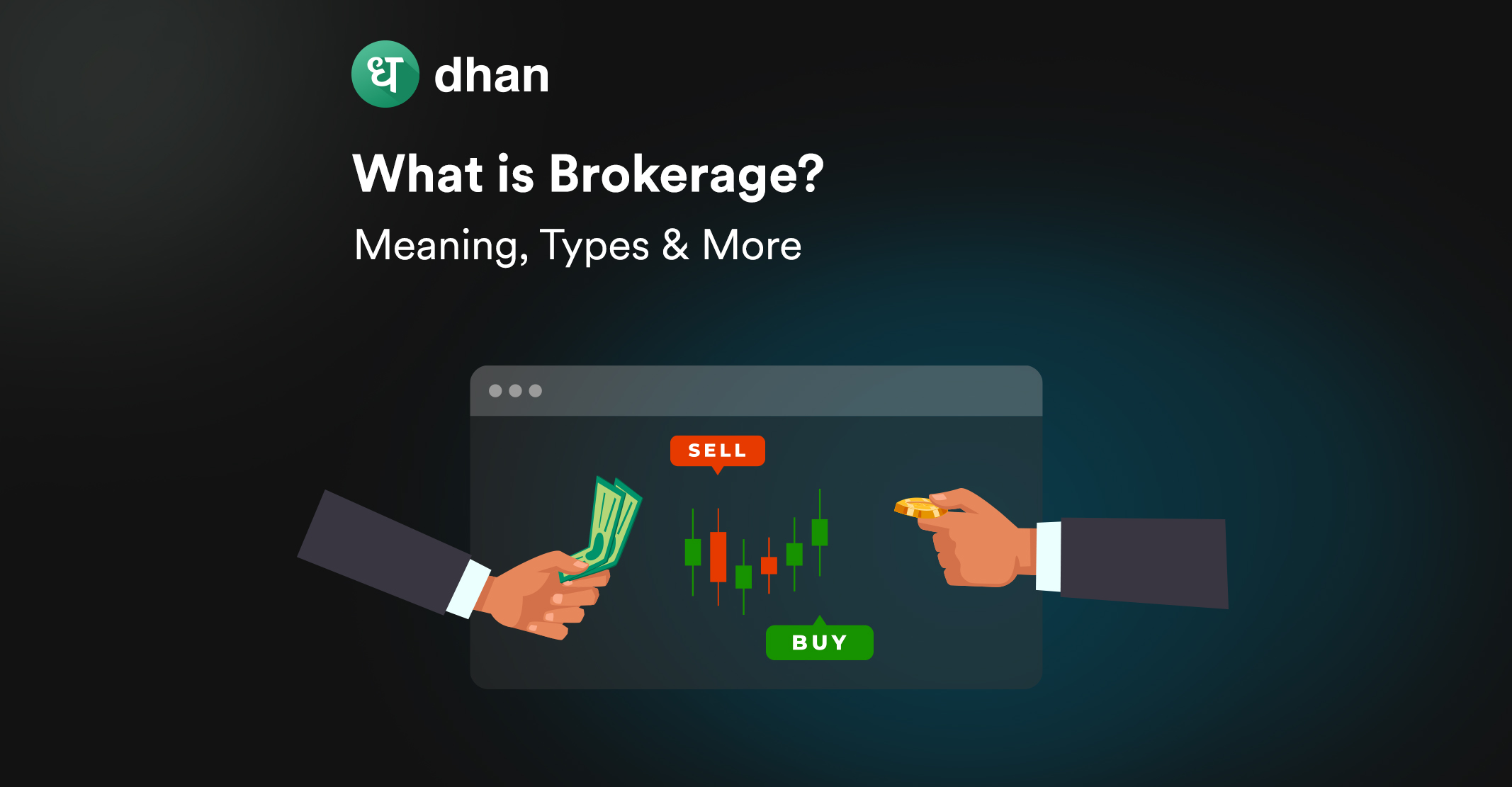Profitably speculating on futures contracts requires the best futures trading strategies.
This blog will help you understand them for various futures trading approaches, right from conservative to aggressive.
1. Trend Following Strategies
Trend-following strategies involve identifying and riding the prevailing market trend.
These strategies capitalize on sustained price movements, whether upward (bullish) or downward (bearish).
A. Moving Averages
Traders leverage Moving Averages to identify the general trend direction, smoothing out price fluctuations to discern the overall market trajectory.
There are several types of moving averages, and the most popular of those include the following:
- Arnaud Legoux Moving Average (ALMA)
- Exponential Moving Average (EMA)
- Simple Moving Average (SMA)
- Volume Weighted Moving Average (VWMA)
- Weighted Moving Average (WMA)
By the way, there are evolved forms of moving averages too, ones that combine multiple moving averages to identify potential buy and sell signals.
MACD is one of them, which combines two moving averages to highlight potential trend changes and momentum shifts.
B. Trendlines and Channels
Trendlines and channels provide visual cues about the direction and strength of a trend.
By connecting the highs and lows of a swing, traders can identify potential entry and exit points.
Channels, formed by parallel lines connecting highs and lows, provide a channel within which the price tends to move.
Traders keen on entering or exiting positions often rely on these patterns.
2. Breakout Strategies
Breakout strategies involve identifying key support or resistance levels and making trades when the price breaches these levels.
Traders aim to capitalize on significant price movements following the breakout. Let’s look into these breakout futures trading strategies:
A. Swing Trading
Swing trading involves capturing “swings” or price movements within an established trend.
Traders aim to enter and exit positions at key points, taking advantage of short to medium-term market fluctuations.
This strategy requires technical analysis, with traders looking for patterns and trends that indicate potential swing points.
B. Fibonacci Retracement
Fibonacci retracement levels help traders identify potential reversal points within a trend. By plotting them on a price chart, traders can make good entry and exit points decisions.
The Fibonacci retracement levels highlight areas where the price might reverse or consolidate.
Traders often use these levels to set target prices for profit-taking or to anticipate potential reversal points, adding a layer of precision to their trading strategies.
C. Parabolic SAR
The Parabolic SAR (Stop and Reverse) is an indicator designed to identify potential trend reversals.
It appears as dots above or below price bars, signaling shifts in market direction.
The Parabolic SAR adjusts its position relative to price dynamically, serving as a trailing stop-loss mechanism.
When the dots are below the price, it suggests an uptrend; when above, it is a downtrend.
3. Contrarian Strategies
Contrarian strategies involve taking positions opposite to the prevailing market sentiment.
Traders employing this approach believe that markets overreact and aim to capitalize on price corrections and reversals.
Let’s look into some of these futures trading strategies:
A. Mean Reversion
Contrarian strategies, such as mean reversion, involve going in the opposite market direction.
Traders utilizing mean reversion anticipate that prices will return to their historical average, providing profit opportunities.
B. Oscillators
Like the Stochastic Oscillator, Oscillators measure overbought or oversold market conditions.
Oscillators quantify the speed and change of price movements.
For instance, the RSI and Stochastic Oscillator assess whether an asset is overbought or oversold, helping traders pinpoint potential trend reversals.
The following image shows both indicators on charts.
C. Overbought/Oversold Signals
Overbought and oversold signals help traders gauge the likelihood of a price correction. These signals are crucial for contrarian strategies, as they highlight potential turning points in the market.
Overbought signals may indicate a potential downturn, while oversold signals might suggest an impending upward correction.
4. Options Strategies for Hedging
Options provide versatile hedging strategies for managing risk. Here are the key strategies for that.
A. Protective Puts and Covered Calls
Protective puts and covered calls are popular hedging strategies. A protective put implies buying a put option to offset potential losses, while covered calls involve selling options against existing holdings to generate income.
B. Collar Strategy
The collar strategy combines options to limit both potential losses and gains.
Traders using this strategy buy puts for protection while simultaneously selling calls to offset the cost.
This combination establishes a price range, limiting potential losses and gains.
While the collar strategy caps profits, it’s an effective risk-management strategy, especially in uncertain markets where safeguarding against significant downturns is a priority.
C. Iron Condor
The Iron Condor strategy involves selling both a put spread and a call spread simultaneously.
This allows traders to profit within a specific price range while limiting potential losses.
It is a neutral approach where traders anticipate low market volatility.
By selling both a put spread (selling a put and buying a lower strike put) and a call spread (selling a call and buying a higher strike call), traders seek to benefit from price stability within a defined range.
Risk Management in Futures Trading
Risk management is super important in futures trading. Here is how to manage risk while trading futures.
1. Position Sizing
Effective risk management begins with appropriate position sizing. Traders should carefully determine the size of each position to align with their overall risk tolerance.
2. Stop-Loss Orders
Stop-loss orders are crucial for limiting potential losses. Traders need to set predetermined price levels to close their positions to avoid further losses automatically.
3. Diversification
Diversification involves spreading futures trades across various underlying assets to mitigate risk to avoid concentration in a single market.
4. Managing Leverage
There are features such as pledge margin benefit that allow you to use leverage, that is, additional margin.
Leverage has the potential to increase both gains and losses, as it is, at the end of the day, a loan.
Successful futures traders carefully manage leverage, ensuring to not go overboard and stick to their overall trading strategy and risk levels.
If you find it challenging to implement trading strategies, we can help you. We have numerous ready trading strategies on our platform to simplify your trading journey.
Conclusion
In this article, we have covered top futures trading strategies. Whether you like following trends, trying to catch breakouts, or doing things differently with contrarian strategies, there’s a strategy for everyone. Happy trading!



